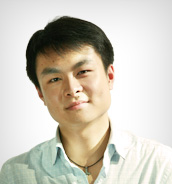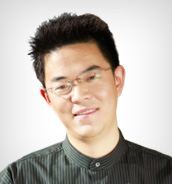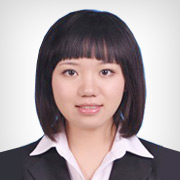阅读理解在大学英语四级考试中占有很大比重,提高阅读速度和效率是决胜英语四级考试阅读理解题的关键。为了帮助广大考生有效提高阅读速度,考试吧特整理了以下资料,供考生复习。
Colleges and Universities
More than 60 percent of all high school graduates continue their formal education after graduation. Many attend colleges that offer four-year programs leading to a bachelor's degree. College students are called undergraduates, and their four years of study are divided into the freshman, sophomore, junior, and senior years. In most colleges the first two years are designed to provide a broad general education, and during this time the college student is usually required to take courses in general areas of study, such as English, science, foreign languages, and social science. By the junior year the student begins to major in one particular field of study, or discipline.
Some institutions of higher learning offer only the four-year college program. A university offers graduate or post-college programs, as well. Graduate degrees in fields such as English literature, chemistry, and history are granted by graduate schools of arts and sciences. These schools may offer one- or two-year programs leading to a master's degree (M. A. ), and programs lasting three years or more that lead to the degree of doctor of Philosophy (Ph. D. ). A candidate for a Ph. D. must meet certain course requirements in his field, pass written and oral examinations, and present a written thesis based on original research. Some universities offer postdoctoral programs that extend study and research beyond the Ph. D.
Many universities also have what are called professional schools for study in such fields as law, medicine, engineering, architecture, social work, business, library science, and education. Professional schools differ widely in their requirements for admission and the lengths of their programs. Medical students, for example, must complete at least three years of premedical studies at an undergraduate school before they can enter the three- or four-year program at a medical school. Engineering and architecture students, on the other hand, can enter a four- or five-year professional school immediately upon completion of secondary school.
The various disciplines, or fields of study, are organized by department. These departments are staffed by faculty members ranging from full professors to
instructors. A full professor has tenure, which is permanent appointment with guaranteed employment at the institution until his retirement. Ranking below the full professors are the associate professors, who may or may not have tenure, depending on the policy of the particular college or university. Next are the assistant professors, who do not have tenure. At the bottom of this academic ladder are the instructors. They are usually young teachers who have just received their doctorates or will receive them shortly. Sometimes graduate students are employed as part-time teaching assistants while they are completing their graduate work.
Today almost 5 million men and more than 3 million women attend more than 2500 colleges and universities. Approximately 85 percent of these schools are coeducational, which means that both men and women are enrolled in the same institutions. Colleges range in size from a few hundred students to many thousands. Several universities have more than 20, 000 undergraduate and graduate students on one campus. A number of large state institutions maintain branches on several different campuses throughout the state. Classes vary from seminars, or small discussion groups, of fewer than twenty to large lecture courses for hundreds of students.
Approximately one-fourth of all college and university students attend private institutions. The rest study at state or municipal, publicly financed colleges and universities. Every state has at least one public university, and in addition there are several hundred state and locally supported colleges. The academic programs of these private and public institutions are very similar. Indeed, there are only a few important differences between public and private colleges. Private colleges are privately organized and privately run; public institutions are operated under the control of state or local officials. The other differences involve admissions policies and the methods by which public and private institutions are financed.
Admission to a state university is usually open to all men and women who have graduated from high schools of the state and who have satisfactory high school records. Many state universities require students to earn high scores on achievement and aptitude examinations, but the underlying philosophy is that all students who want an education and are qualified should have the opportunity to continue their education at public institutions. Tuition rates are low, compared to private-college costs, and scholarship aid and loans are frequently available. A few nonresidents are admitted to state schools, but they must pay much higher tuition fees than residents of the state.
相关推荐:
2010年12月英语四六级考试阅读提高练习汇总 2010年12月四六级备考:阅读真题常见短语汇总













